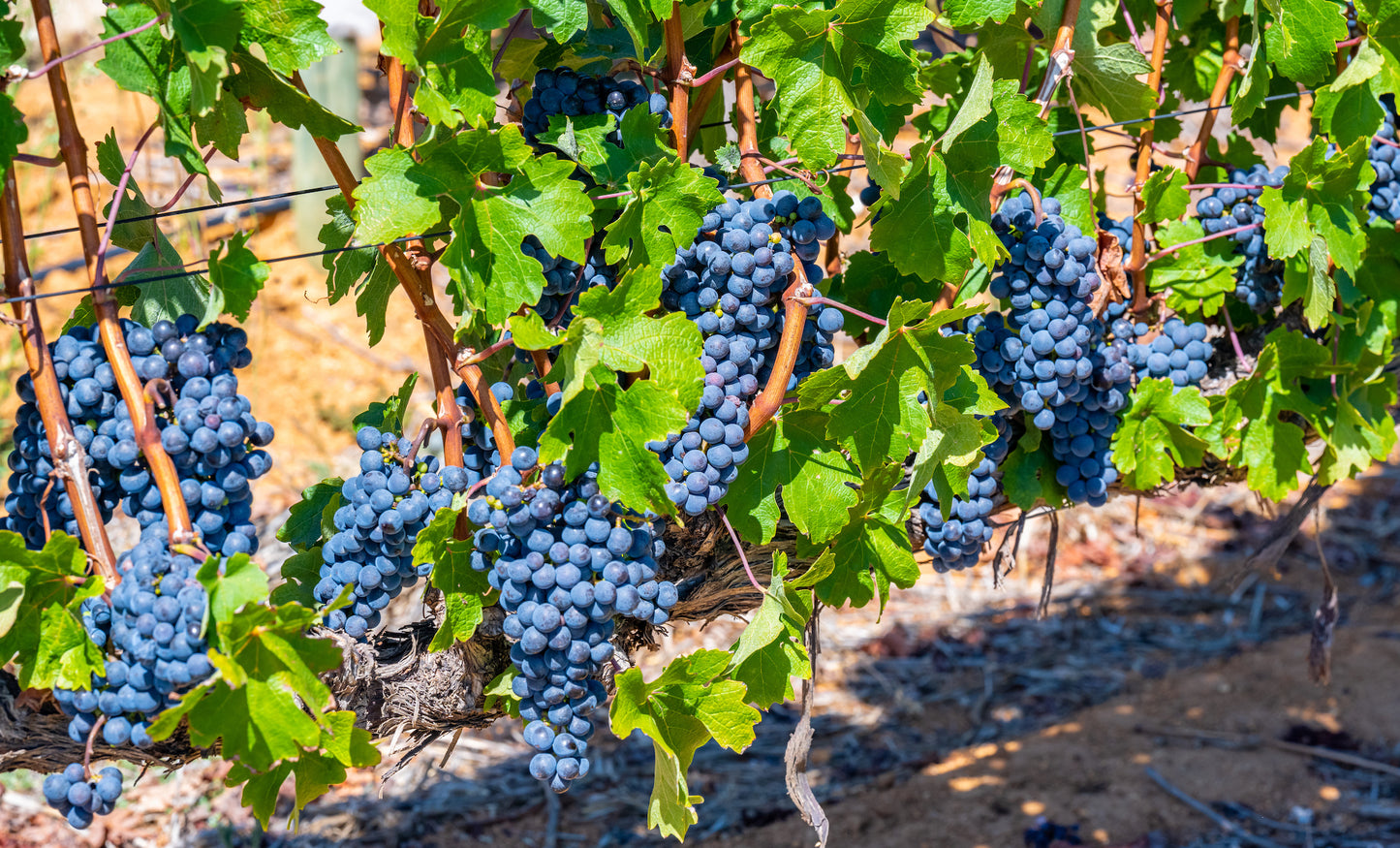
If you’ve been around wines enough, you would have heard of the saying that what makes wine so special is how it reflects its “terroir”. Wine enthusiasts know that there are different types of wine, each with its unique flavor profile and characteristics. However, some wines are so unique that they stand out from the rest, and Pinotage is one of such wines.
The history of Pinotage
The story of Pinotage began in 1925 when a South African scientist, Abraham Izak Perold, crossbred Pinot Noir with Cinsault, a red grape variety known locally as Hermitage in France. The resulting hybrid grape variety was named Pinotage, combining the names of both parent grape varieties.
Interesting, the world was almost deprived of Pinotage because its creator had changed jobs in 1927 and forgot about his planting in the university’s garden! The seedlings were rescued by Dr Charlie Niehaus a young lecturer at the time, and only four had survived. These seedlings were brought to a vineyard and allowed to grow – “the best of the four plants was then selected to become the mother material of all Pinotage vines.” (Robinson, Harding, Vouillamoz, p. 826)
Characteristics
While Pinot Noir and Cinsault are both have lower colour and tannin, their offspring, the Pinotage, produces thick-skinner berries, therefore resulting in darker colour wine with higher tanning.
While Pinot Noir thrives in cool climate regions, Pinotage is adaptable in terms of climate and does well in the warmer South Africa.
What does Pinotage taste like?
Speak to anyone who has been around wine and the topic of the flavours of Pinotage wine is likely to cause some controversy.
Some say they can't figure what it should take like because they've tried a range and they all taste different. Some rattle off flavours that Pinotage has typically been known to produce, such as the smell of burnt tyre, nail polish, or perhaps more pleasantly, of coffee.
What is consistent of this varietal are the flavours of spice, dark fruits, tobacco and smoke.
These days, and especially in the last 15 years, when so much innovation has taken place in the South African wine industry, the quality of wines produced has improved tremendously - so much so that unpleasant aromas like those mentioned above tend to be minimised if they are present at all.
The presence of many trade bodies that provide a framework for good wine making practises, and associations such as the Pinotage Association and the Cape Winemaker's Guild act to elevate the quality of wine making in South Africa with exposure to world class methods, techniques and through mentorship programs. One can only imagine how such measures can impact the production and expression of the Pinotage wine.
In terms of food, you might try pairing it with roasted or grilled meats like lamb, beef, and pork, accompanied by rustic vegetables, herbaceous sauces, and rich stews.
Where is Pinotage grown?
South Africa continues to be the country that has the largest plantings of Pinotage vine and the percentage of Pinotage vines continue to grow. In 2009, Pinotage consisted of 6% of the South Africa vineyard area and today, that number stands at 7.21%, according to the Pinotage Association.
The varietal also grows in vineyards in The US, Brazil, New Zealand and to a more limited extend in Australia, Zimabwe and Israel.
Which parts of South Africa is well known for Pinotage?
Stellenbosch and Paarl.
Pinotage Bush Vine
Kaapzicht is a 4th generation family-run wine estate and one of the most recognized producers for Pinotage from South Africa.
Once awarded in 2006 the best Red Wine in the world by Decanter for its 2001 vintage, the 2020 vintage Pinotage from the Steytler range reflects excellence in wine making techniques. This wine pays homage to Bottelary, the birthplace of Pinotage, showcasing its refined and characteristic qualities. It is a perfumed and powerful wine, offering subtlety and detail. It exhibits dominant cherry and red fruit aromas, complemented by hints of ink and vanilla. It delivers a balanced palate with spice, richness, and a lingering earthy and elegant finish.
Check it out: Kaapzicht, The Steytler Pinotage 2020
